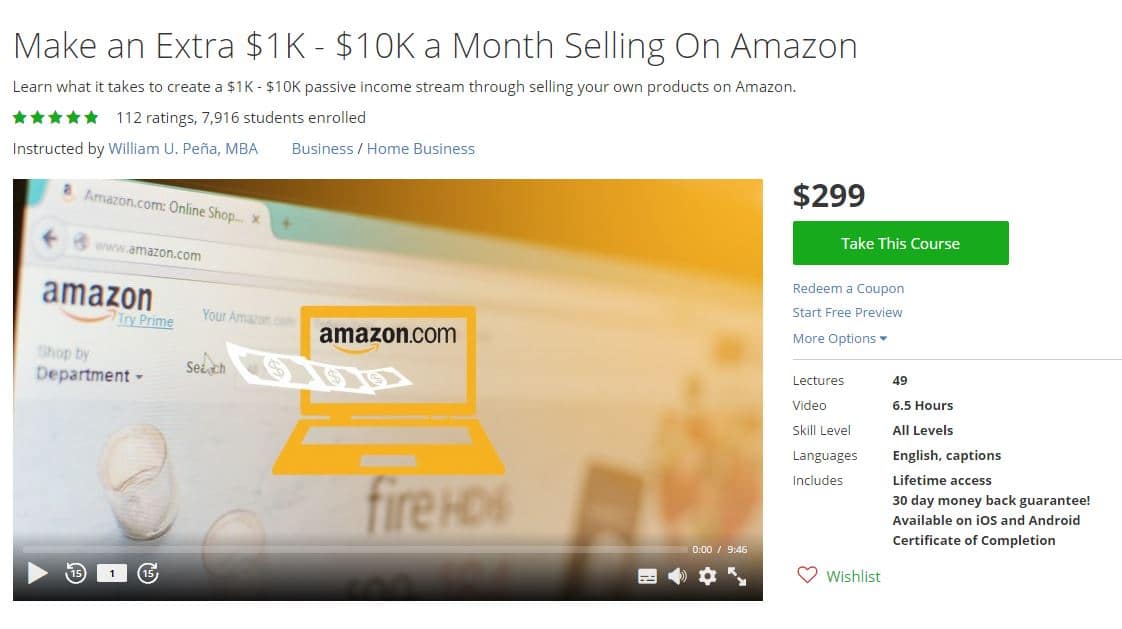
Micro learning is a great way to increase your business's productivity, as it's much easier to follow and digest than a traditional course. Whether you're working on a complex project or preparing to launch a new business, microlearning can make the whole process a lot easier. Below are some microlearning tools that you might want to check out. They are also simpler to learn and more straightforward than traditional courses. Here are a few of mine:
eLearning Infographics
There are many benefits to using eLearning infographics in microlearning. They make it easier for online learners to absorb information in a shorter amount of time. eLearning infographics can be concise and only present the essential information. The infographics are short so that learners can quickly explore the subject without being distracted by various tech tools. Another benefit of infographics for micro learning is that they are fun and easy to create.

Chatbots that are text-based
Experts use microlearning to control text-based chatbots. By controlling the questions, they can develop intents as well as reduce the number 71 possible answers. They then train the chatbot by asking questions and answering them. The bot will then be able answer a variety of questions once it has successfully trained itself. Students will be able eventually to interact and attain the desired results with a chatbot.
Fact sheets
There are many benefits that microlearning brings to business. Microlearning is ideal because it delivers information in small, bite-sized chunks to learners when they are most needed. Many people don't have the time or desire to attend a 1-hour seminar. They can quickly read a factsheet and move on to the next steps. It takes just five minutes to complete the fact sheet, and can be customized according to individual learners' needs. Microlearning is a cost-effective solution for businesses that cannot afford to send employees to expensive training sessions.
Podcasts
If you're looking for a new medium for microlearning, you may have considered podcasting. These audio files are easy to set-up and don't need expensive equipment or infrastructure. All you need is a telephone and a webinar platform. It doesn't take much technical skill to start podcasting, but it's good to know what you want to discuss and who you want to target. After you have decided the topic of your podcast, it's time to think about how you will engage your audience.

Mobile apps
Mobile apps can make it much easier to create, share and manage microlearning courses as the demand for this type of learning increases. By combining multimedia materials with simple, intuitive course design, mobile apps allow educators to create courses in a fraction of the time it takes to develop a traditional online course. With an emphasis on mobile accessibility, mobile apps allow instructors to customize courses for different devices and user types. Learning isn't limited to the classroom and written exams are beginning to become a thing of the past.
FAQ
What is the purpose of eLearning?
E-learning makes it possible for learners to learn from anywhere and at any time. They can access it from wherever and whenever they want.
E-learning also allows you to interact with people who share your interests. This interaction helps to improve communication skills and knowledge exchange.
Technology facilitates information transfer between students and teachers. It is important that the technology used can support the delivery and quality of high-quality content.
E-learning can be a cost-saving option by reducing travel required for training purposes.
This saves time and money because the learner can complete their coursework while they are working or on vacation.
Is eLearning efficient?
E-learning is an effective tool for delivering learning content from anywhere at any time. It provides learners with access to information anytime, anywhere.
E-learning also allows you to deliver training programs on demand without the need for expensive travel costs or classroom space.
What is eLearning?
E-learning is an online learning solution for individuals, organizations, and institutions. It is a way of delivering information and instruction over electronic media such as computers, mobile devices, and other digital technologies.
Because this type learning uses technology to deliver content, rather than physical materials, the term "e", is used.
E-learning does not have to be done in a traditional classroom setting. It can also be done at home, on the move, or anywhere else that has internet access.
Statistics
- India's PC market clocks 9.2% growth to 3.4 million units in the September quarter (economictimes.indiatimes.com)
- Hedonism incorporates intrinsic motivation, including novelty, challenge, excitement, and pleasure (Schwartz et al., 2012), which is likely to predict user perception of e-learning enjoyment. (sciencedirect.com)
- In the 2017 ATD research report Next-Generation E-Learning, 89% of those surveyed said that changes in e-learning require their staff to update or add new skills. (td.org)
- Reliability, validity, and descriptive statistics (The Gambia). Empty CellCRAVEMeanSDACBICOEEHABHEHMPEPOPVSESITRAC0.770.635.080.842) in behavioral intention to use e-learning in The Gambia (53%) and the UK (52%), (sciencedirect.com)
External Links
How To
What kind of technology should I use?
There are several options available to you depending on what type of device your learner has.
-
Computer-based courses should be delivered on a computer.
-
Mobile devices, such as smartphones and tablets, can be used for eLearning courses.
-
Courses can be delivered using both computers and mobile devices.
-
Some organizations offer eLearning DVDs that can be viewed anywhere.
-
The most popular option is to create web pages where users can view the material online.
-
You can also use hybrid solutions, where one part of the course can be delivered via a website and another through a CD/DVD.
-
Some organizations offer free eLearning courses via the telephone. These can be recorded and re-recorded by the learner.